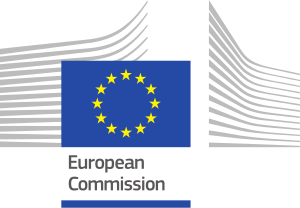Analysis of HTA and reimbursement procedures in EUnetHTA partner countries

Background
Health technology assessment (HTA) is the systematic evaluation of properties, effects, and/or impacts of health technologies. HTA aims to respond to decisionmakers’ information needs regarding the introduction, coverage, use or disinvestment of health technologies. Information needs of decision makers often arise at similar times across Member States (MS) or in close succession leading to duplication of efforts within HTA agencies. While there are differences in information needs across MS because of differences in decision making structures, timing, information requirements and level of HTA implementation, there are also similarities that should be capitalised on so as to make best use of resources.
HTA cooperation and use of joint work is likely to be most successful if it fits as far as possible within MS procedural requirements and reflects HTA products that meet decision-makers’ information needs. From an understanding of existing working practices, mechanisms of engagement that complement working practices can be identified and products that MS value and are able to use, created. Identifying flexibilities and restrictions in procedures supports EUnetHTA to have an understanding of the changes required in specific MS. An understanding of existing procedures can also identify areas where MS need support so that implementation challenges can be resolved and are not barriers to HTA cooperation.
Aims
This study analyses existing HTA and reimbursement procedures within EUnetHTA partner countries. It identifies how within their existing procedures agencies in these countries can:
1. engage in HTA cooperation, 2. use jointly produced HTA information, and 3. re-use national, regional and local HTA information from other jurisdictions.
The study includes procedures for assessing pharmaceuticals and nonpharmaceutical health technologies in inpatient and outpatient settings. It includes agencies that produce HTAs and also agencies using HTA type information provided by other parties to support decision-making.
Methods
Agencies were asked to provide documents that described their HTA and reimbursement procedures. Information from these documents was then abstracted into a standardised template. Where information was missing or was not available agencies were asked to complete the template directly. The similarities and differences in the procedures were then analysed. Separately, WP7 asked agencies to take part in case studies to discuss their working practices and use of EUnetHTA assessments to illustrate the report and help develop recommendations. EUnetHTA WP7 research and analysis activity 1: Final report 12 of 152
Results
Data were received from 59 agencies in 31 EUnetHTA partner countries. Data included national procedures as well as regional procedures in Spain and Italy. Twenty-one agencies in 9 countries took part in case studies. 29 out of 31 of countries (94%) reported having procedures for the assessment of pharmaceuticals and 22 out of 31 countries (71%) reported having procedures for the assessment of non-pharmaceutical health technologies. A smaller number of assessments are carried out of non-pharmaceutical health technologies than of pharmaceuticals, 10 countries (45%) complete less than 30 assessments per year for non-pharmaceutical health technologies compared to 4 countries (14%) for pharmaceuticals. For pharmaceuticals, a smaller number of countries assess inpatient than outpatient technologies (22 (76%) and 29 (100%) countries, respectively). However, for non-pharmaceutical health technology assessment most countries (20 out of 22 (91%)) do not differentiate between settings.

